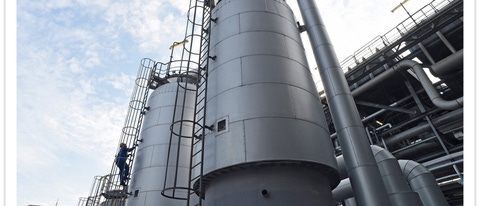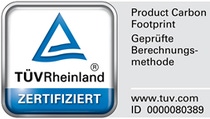Monomers
LowPCF Ammonia
LowPCF Anhydrous Ammonia
✓ Minimizes Scope 3 emissions as well as the product carbon footprint of your products
✓ PCF certified by TÜV Rheinland
✓ Verbund integration yields PCF considerably below conventional grades
✓ 100% electricity from renewable energy sources are used for the production in our facilities (self-attribution approach)
✓ Available as a bulk product and in all standard transport modes
✓ Drop-in solution for our customers: identical quality and properties
From fossil to renewable energy

Renewable electricity used to further reduce production-related emissions
BASF is using electricity from renewable sources for the manufacturing of the product, futher reducing its production-related emissions.
The measure lowers the product carbon footprint (PCF) of the product by at least 50% versus the average product carbon footprint of conventional fossil ammonia derivatives* without compromising on quality and performance.
* Based on the average CO2 footprints stated in the “Default values for the transitional period for the CBAM between October 1, 2023 and December 31, 2025” published by the European Commission on Dec 22, 2023.





